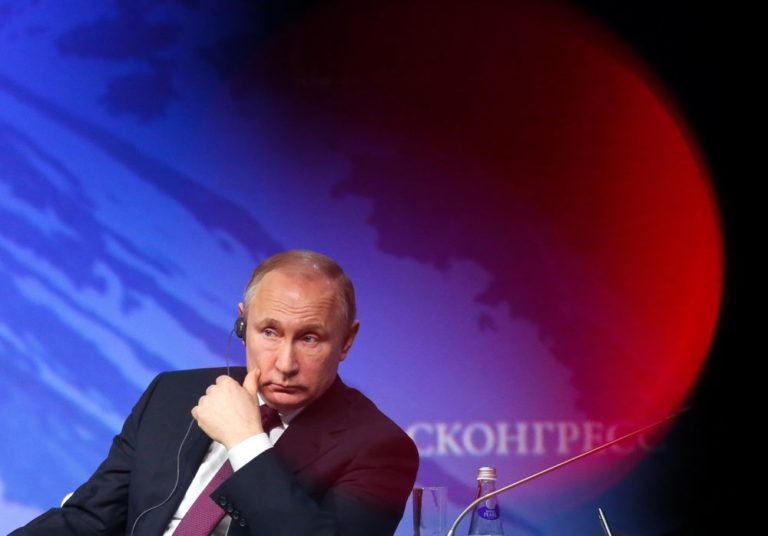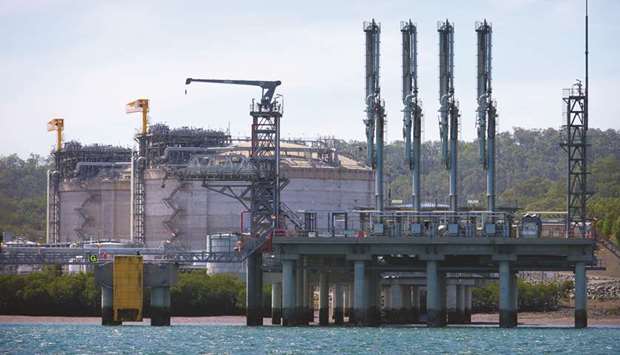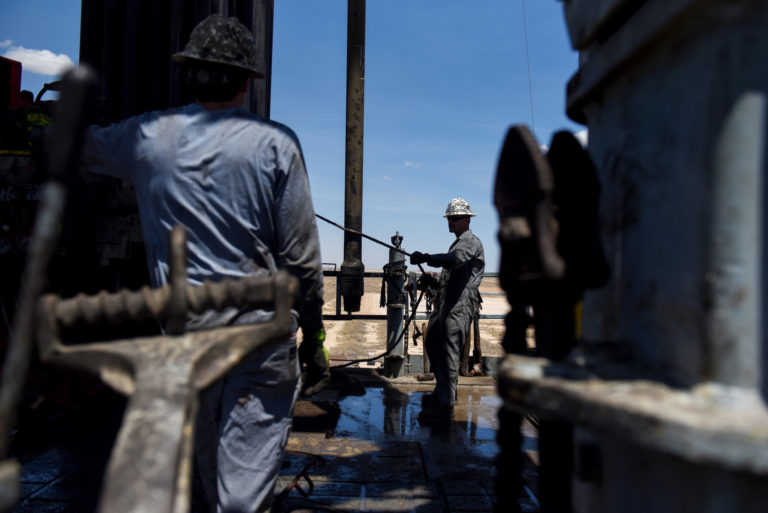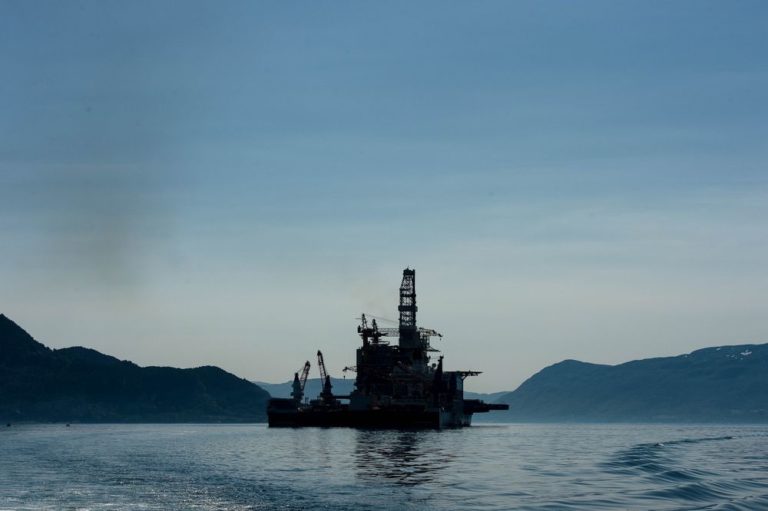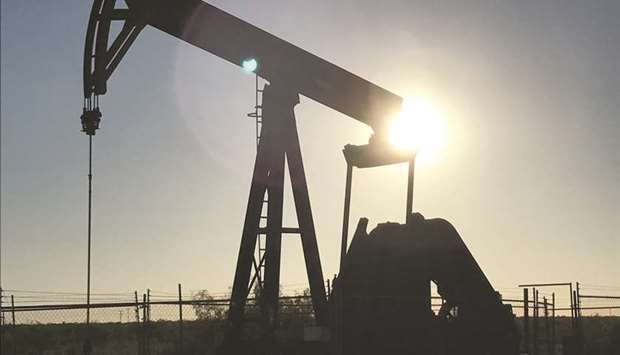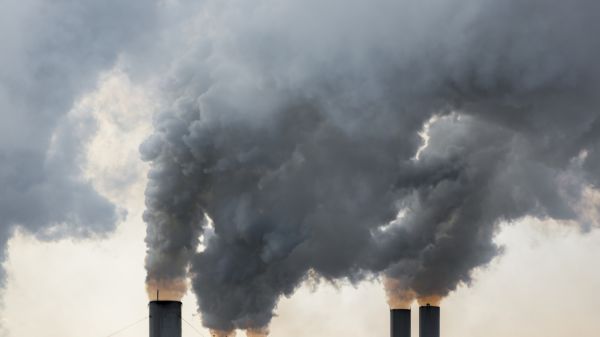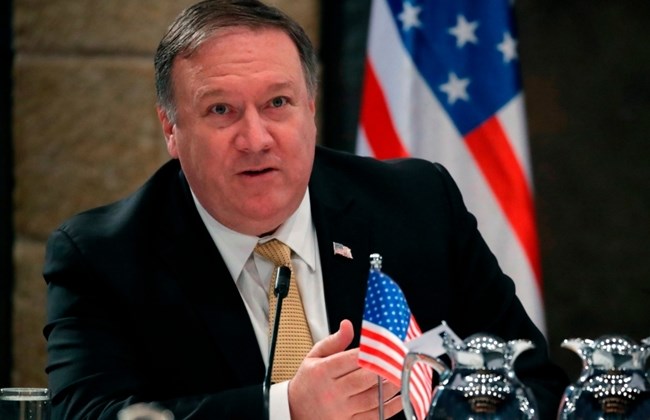Oil’s big reset: Energy majors learn to thrive after price crash

Bloomberg/London
When Opec started an oil-price war in late 2014, most people believed US shale was doomed. In reality, the giant oil majors suffered most – burdened by expensive mega-projects, Chevron Corp, BP Plc and the rest struggled to adapt to the fall in energy prices.
Slowly, those companies figured out how to survive in the lower-for-longer price era. They cut costs and, more importantly, learned how to stop them from rising again. In an industry that favoured tailored solutions for every project, companies started to talk about standardisation. At closed-door sessions in Davos, Switzerland, Big Oil bosses didn’t waste time on self-important talk, but instead discussed how to share the design of anything from underwater valves to pumps.
Nearly five years after the crash, the cultural change is starting to work. The world’s major energy companies have managed to press the reset button, allowing them to make profits today similar to what they did in a world of $100-plus a barrel oil prices.
“Big Oil has been able to re-emerge from this downturn stronger and lower on the cost curve,” said Michele Della Vigna, the top oil industry analyst at Goldman Sachs Group Inc, who had been a critic of the majors.
The level of spending at the world’s eight largest integrated oil and gas companies fell last year to $118bn, down 45% from a pre-crisis peak of $215bn in 2013, according to data compiled by Bloomberg News.
But their business model has changed a lot in the process. The reliance on multibillion dollar projects in far-flung corners of the world has been reduced and the majors are pouring billion into Texas’s Permian Basin, once dominated by independent exploration and production companies. Other strategies include trying to build new projects closer to existing ones and reusing old infrastructure to reduce costs. They’ve also re-discovered the joys of integration, investing in refineries and petrochemical plants that make money even when prices are low.
To the surprise of many in the industry, lower costs haven’t translated into slower development. In fact, projects have often come ahead of expectations.
The industry got a lot of help from its suppliers. According to Exxon Mobil Corp, the cost of 3D seismic technology, used to find underground reservoirs, and the deep-water rigs needed to exploit them has fallen more than 50% from the 2013 level.
The new era means combining projects that pay back quickly, whether in US shale or elsewhere, with some traditional larger projects. In the oil industry, it’s a model called short-and-long oil cycle, because some projects pay back in as little to two-to-three years, compared to as long as 10 years for conventional projects.
“Big Oil now wants a diversified portfolio with short-and-long cycle oil,” said Daniel Yergin, the oil historian that this week hosts the annual CERAWeek energy conference in Houston. “Before the oil crisis in 2014-15, the mere concept of short-cycle oil didn’t exist in Big Oil.”
Short-cycle oil has a one big advantage over mega-projects: companies can dial them up and down quickly to respond to changes in oil and gas prices.
The other significant change is natural gas. Big Oil had already embraced gas before the crisis, with companies like Exxon investing in massive projects in Qatar. But today some executives suggest gas is gaining the upper hand. “Gas is the fastest growing hydrocarbon,” said Bernard Looney, chief executive for upstream at BP. “It’s the future.”
Despite the significant reduction in spending and much lower energy prices, returns haven’t suffered, according to data complied by Bloomberg. The biggest oil companies posted return-on-capital-employed – a traditional yardstick used by investors – of about 8.7% last year, higher than the 8.4% of 2014.


